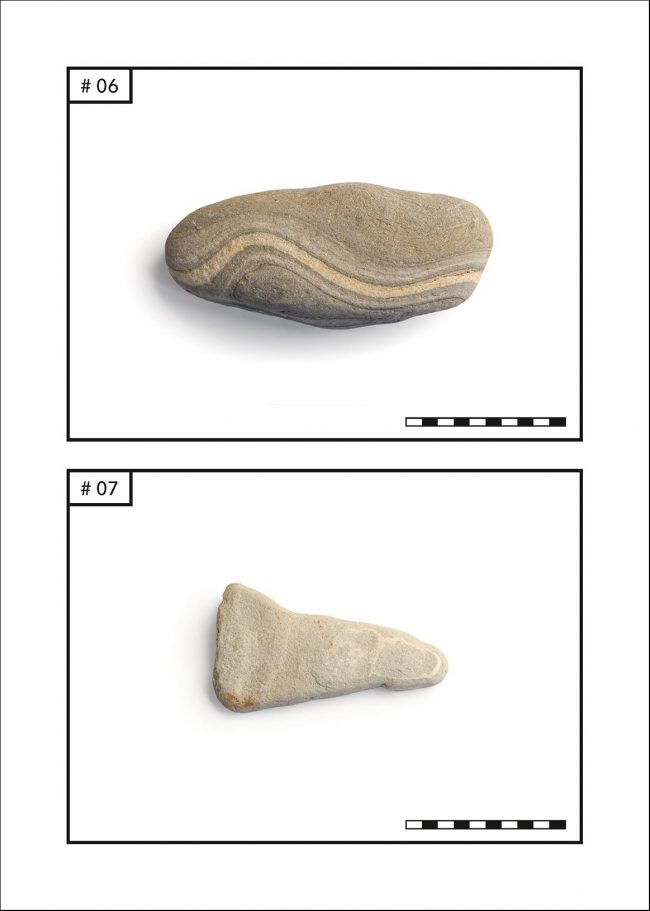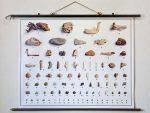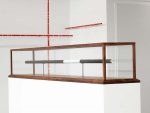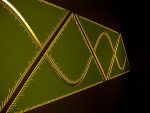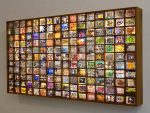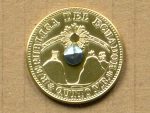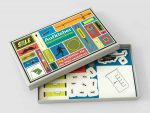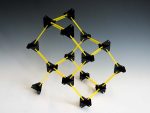Specimen Removed Edition
2010, 87 boxes with found objects, various materials, variable dimensions
The term »specimen removed« is frequently found in a museum context and indicates—printed on a label—the absence of an exhibit: the absent item may have been removed from a vitrine or exhibition display for restoration purposes or because it is on loan to another institution. This term is used primarily in natural history collections in Anglo-Saxon countries.
The objects were found, packed loosely in a cardboard box, by the artist in his basement. The collection was presumably assembled by a child and was left behind when the child moved out of the building. The box has the character of a Wunderkammer (cabinet of curiosities) en miniature, a theme that has preoccupied Beinroth for some years.
The artist incorporated this small collection into his work and investigated it. Each object was photographed, inventoried (assigned a reference number), and packed in a specially made protective box.
To elucidate the nature and scope of the collection, Beinroth made a chart with a picture of each object in its actual size. This visual list is enclosed in each specimen’s cardboard box; in addition, each box contains a booklet that presents the collection as a whole, exhibit by exhibit, along with its scientific data.
The collection will be disbanded with the start of the exhibition at the Wilhelm-Hack-Museum. The opening of the exhibition is the last time the collection will be seen in full. Beginning on the exhibition’s opening night the objects will be sold to visitors as an edition. In contrast to the Wunderkammer, in which exhibits accumulate over years, these finds migrate back into the world, diffuse back into everyday life, and thus gradually disappear from the art context.
Box contents
Selected pages from the booklet









